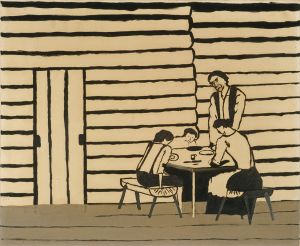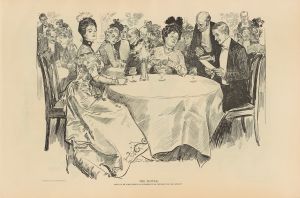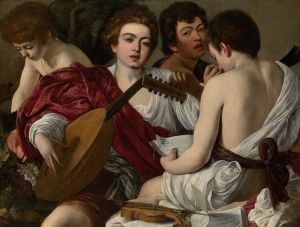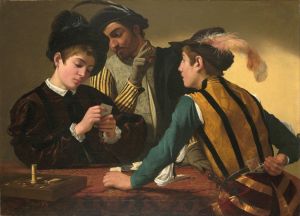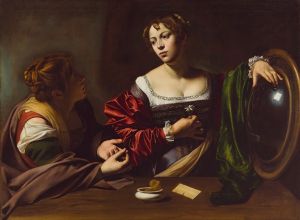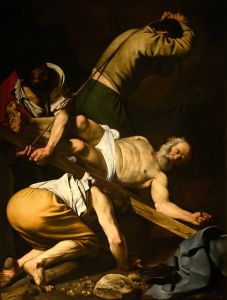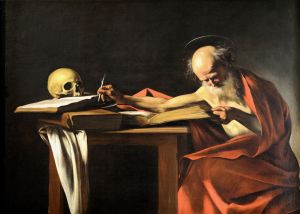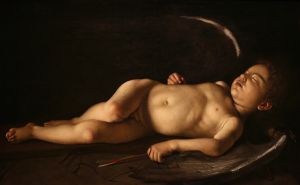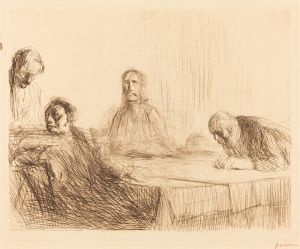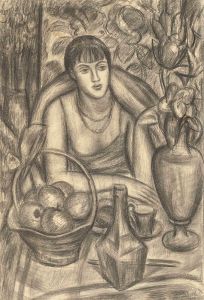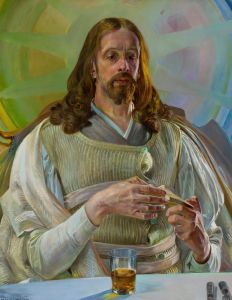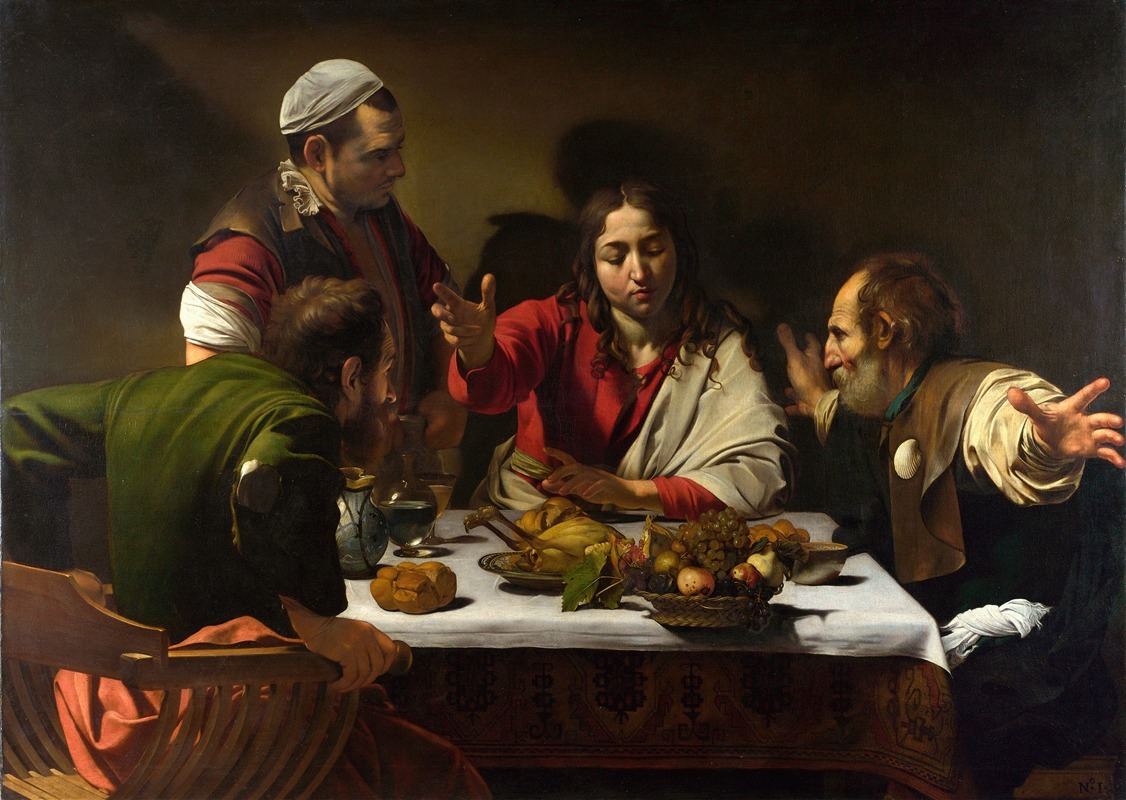
Supper at Emmaus
A hand-painted replica of Caravaggio’s masterpiece Supper at Emmaus, meticulously crafted by professional artists to capture the true essence of the original. Each piece is created with museum-quality canvas and rare mineral pigments, carefully painted by experienced artists with delicate brushstrokes and rich, layered colors to perfectly recreate the texture of the original artwork. Unlike machine-printed reproductions, this hand-painted version brings the painting to life, infused with the artist’s emotions and skill in every stroke. Whether for personal collection or home decoration, it instantly elevates the artistic atmosphere of any space.
"Supper at Emmaus" is a renowned painting by the Italian Baroque master Michelangelo Merisi da Caravaggio, completed in 1601. This work is celebrated for its dramatic use of light and shadow, a technique known as chiaroscuro, which Caravaggio employed to bring a heightened sense of realism and emotional intensity to his subjects.
The painting depicts a scene from the New Testament, specifically from the Gospel of Luke 24:30-31. It illustrates the moment when the resurrected Christ reveals his identity to two of his disciples during a meal in the village of Emmaus. The composition captures the instant of revelation, with Christ blessing the bread, a gesture that echoes the Last Supper. The disciples, initially unaware of their companion's true identity, are shown in a state of astonishment and realization.
Caravaggio's "Supper at Emmaus" is notable for its dynamic composition and the lifelike portrayal of its figures. The artist's use of everyday people as models for the disciples and Christ adds a layer of realism and accessibility to the scene. The figures are arranged around a table, with Christ at the center. One disciple, dressed in a green cloak, gestures dramatically with outstretched arms, while the other, in a red tunic, leans forward in surprise. A third figure, a servant, stands to the side, seemingly oblivious to the unfolding revelation.
The painting is also distinguished by its meticulous attention to detail. The still life on the table, including a basket of fruit precariously balanced on the edge, a roasted chicken, and a loaf of bread, is rendered with remarkable precision. These elements not only contribute to the realism of the scene but also carry symbolic meanings. For instance, the basket of fruit, with its inclusion of grapes and pomegranates, may allude to the themes of resurrection and eternal life.
Caravaggio's innovative use of light plays a crucial role in the painting. The illumination appears to emanate from an unseen source, casting dramatic shadows and highlighting the figures' expressions and gestures. This technique enhances the emotional impact of the scene, drawing the viewer's attention to the moment of spiritual awakening.
"Supper at Emmaus" is housed in the National Gallery in London, where it continues to be a focal point for art enthusiasts and scholars alike. The painting exemplifies Caravaggio's revolutionary approach to religious art, characterized by its naturalism, emotional depth, and departure from the idealized representations common in earlier Renaissance works.
Caravaggio's influence on the art world was profound, inspiring a generation of artists known as the Caravaggisti, who adopted his dramatic style and emphasis on realism. "Supper at Emmaus" remains a testament to Caravaggio's mastery of composition, his innovative use of light and shadow, and his ability to convey complex narratives with immediacy and power.





